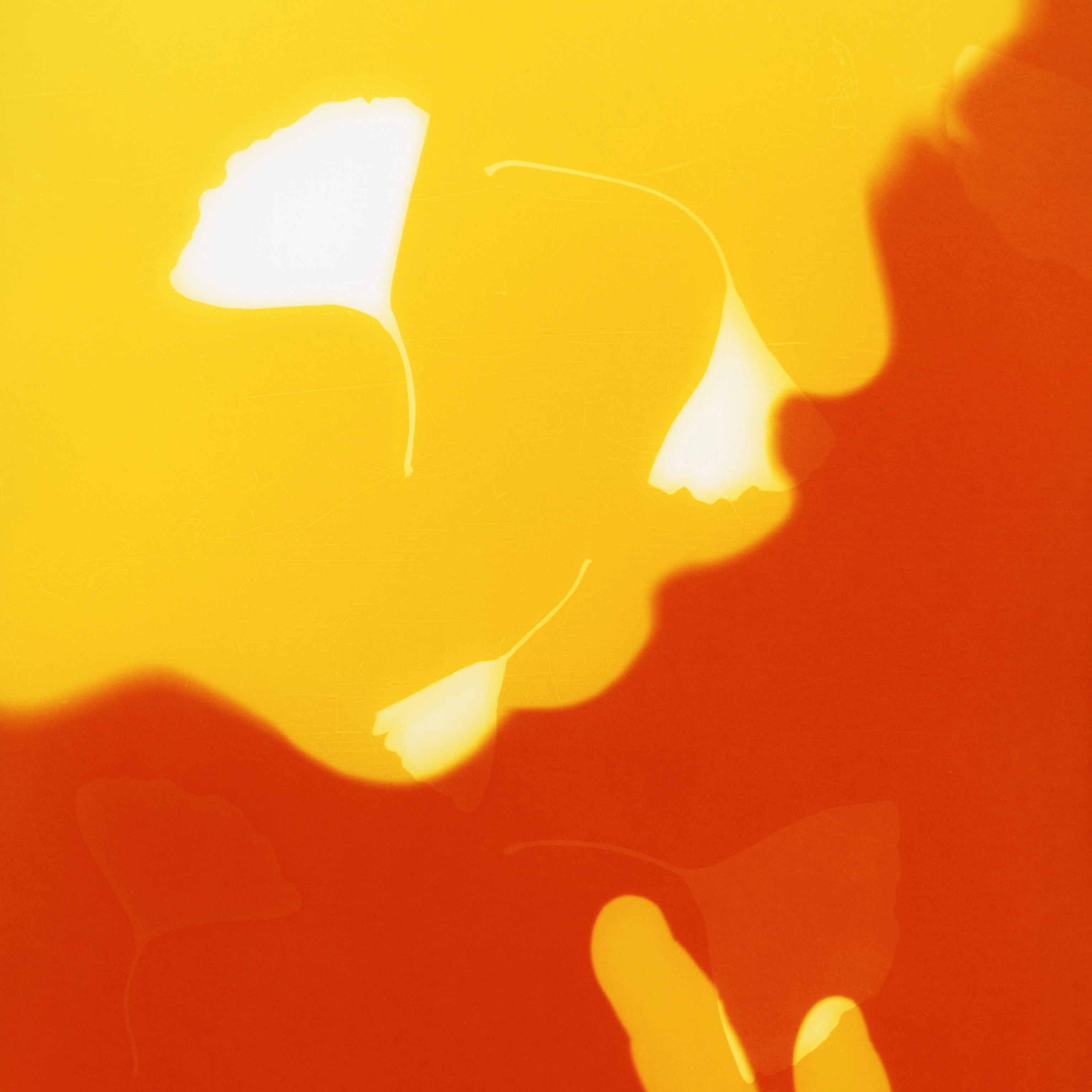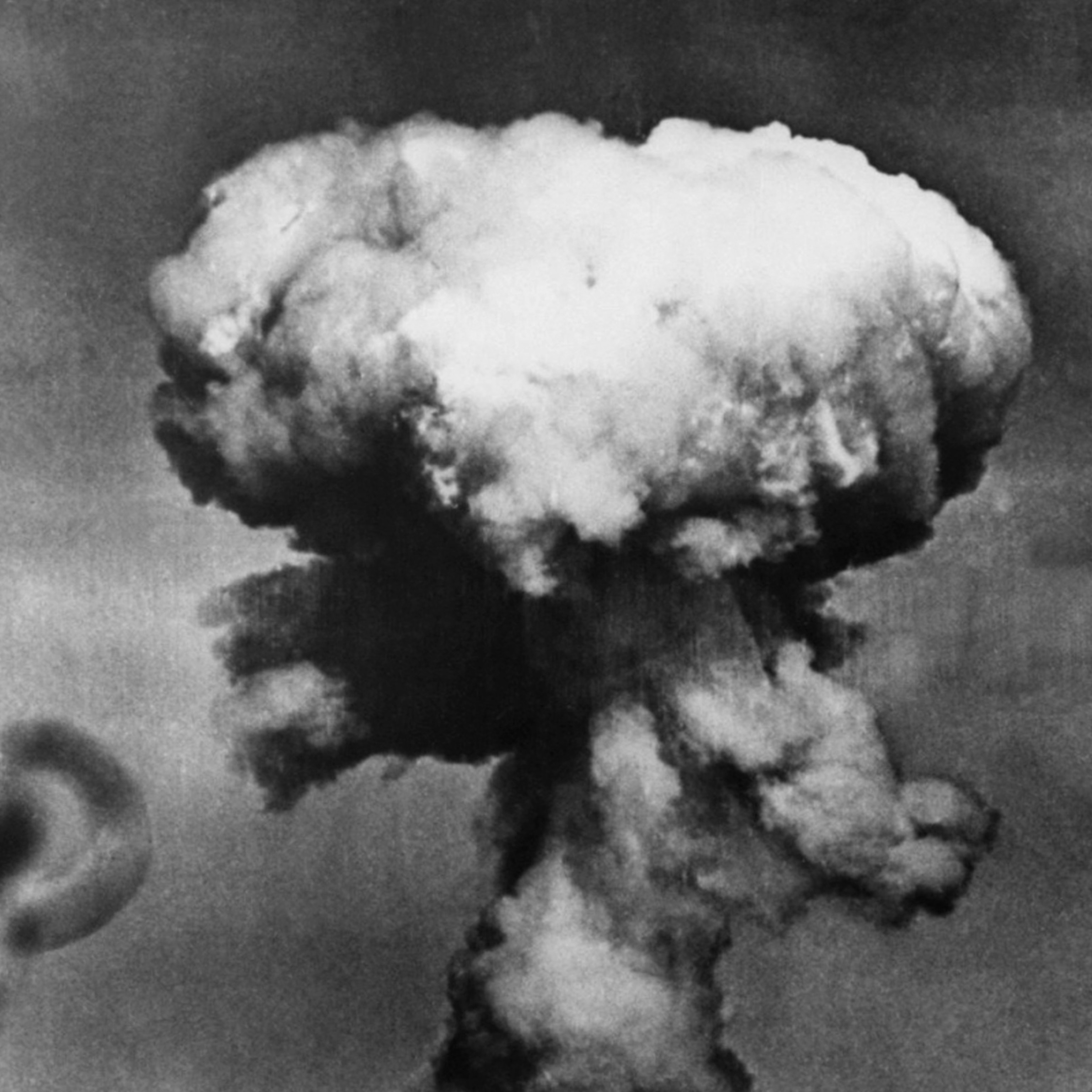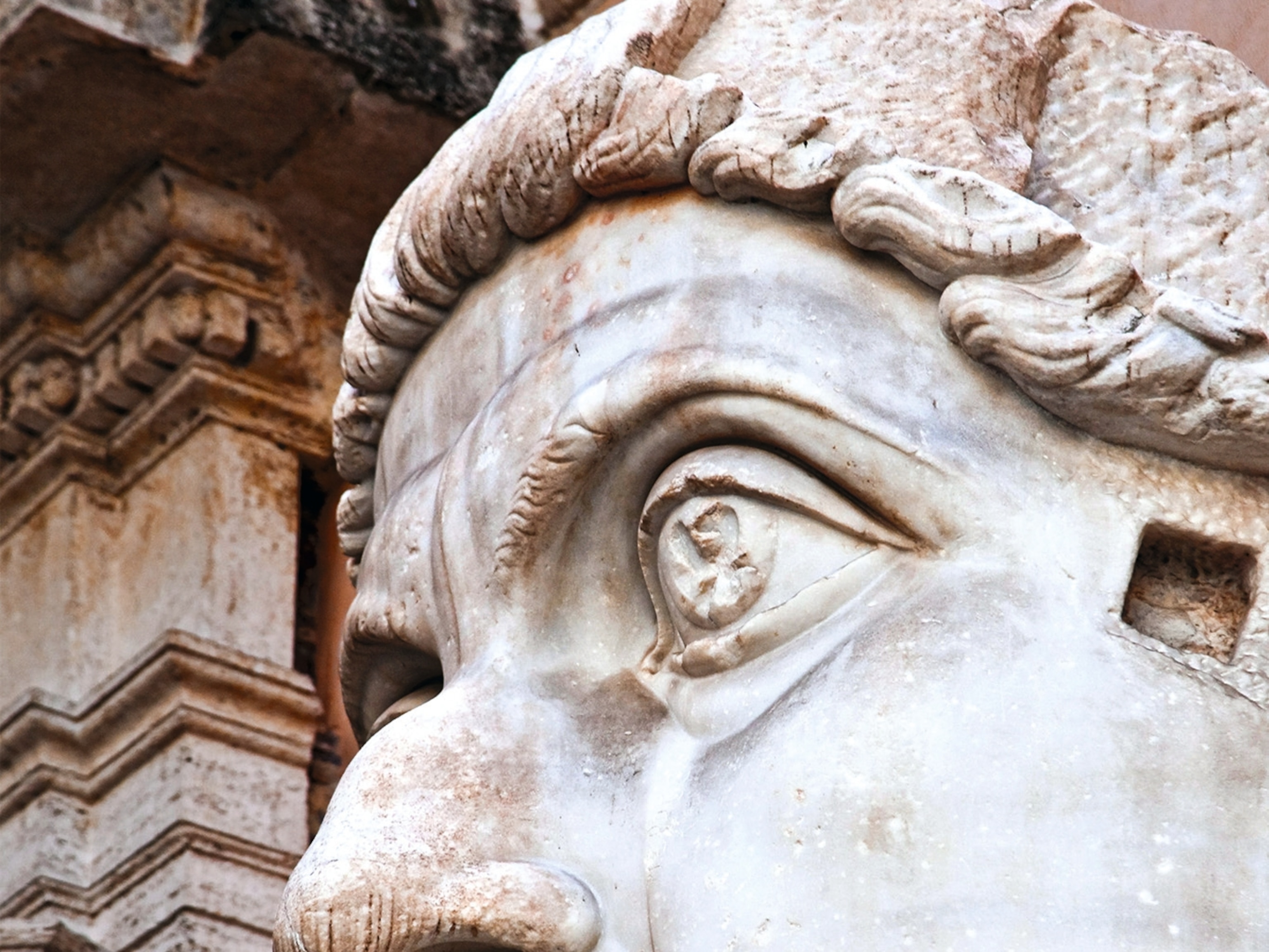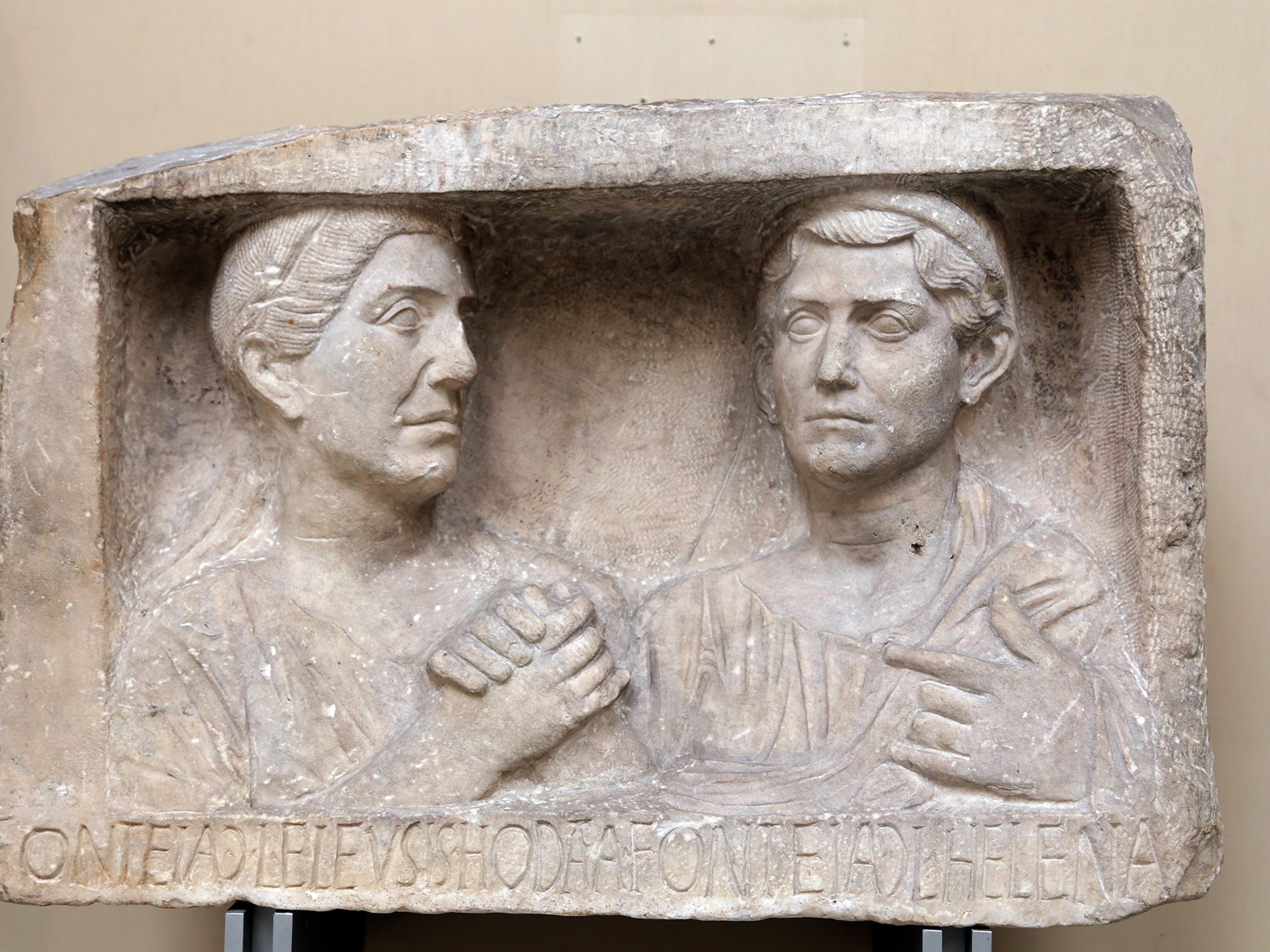
Beyond the Bomb: Hiroshima’s Beloved Okonomiyaki Pancake
The hot summer air is thick, even after the sun has set. Every night, the streets of Hiroshima crawl with men and women released from a long day’s work, craving their favorite dish. The enticing scent of a grill fills the air, and the flavor adventure is about to begin, if you can find a seat at one of the popular eateries here.
When you hear the word Hiroshima, chances are that food isn’t the first thing that comes to mind. In a town shadowed by its atomic legacy for the last 70 years, most foreigners do not know that Hiroshima has another claim to fame: okonomiyaki.
Okonomiyaki is best described by its translation. It literally means “whatever you want”(okonomi), “grilled (yaki).”
I’m currently spending the first of half of my Fulbright-National Geographic Digital Storytelling grant in Hiroshima writing about nuclear issues ranging from the 70th anniversary of the atomic bombs to the fifth anniversary of the Fukushima nuclear accident, but not one hour after my arrival in Hiroshima, I was face first in the famous delicacy.
You can imagine that with a name like “whatever you want” okonomiyaki could be served in countless varieties. While it is true you can add your own ingredients at home, or based on a restaurant’s offerings, there are two definite styles of this cabbage and flour-based pancake; the style of Osaka and the style of Hiroshima.
A rivalry exists between the two cities that can best compare to the pizza rivalry between Chicago and New York. If you ever make it to Hiroshima or Osaka, someone will ask you, “Which style do you prefer?” The answer can be quite political, and, of course, depending on which city you’re in, there is only one right answer.
Osakans grill their pancake mixed in a batter, with cabbage, flour and eggs, pork belly on top along with anything from shrimp, octopus, mochi to cheese added in, smothered in the authentic okonomiyaki sauce made of dates and Worcester sauce and powdered with dried seaweed and bonito flakes.
But Hiroshimans grill their pancake in layers. They start with a crepe-like thin flour dough base, top it with a mountain of cabbage, grill it down, flip and top it with a cake of grilled soba noodles, also dripped with the signature sauce.
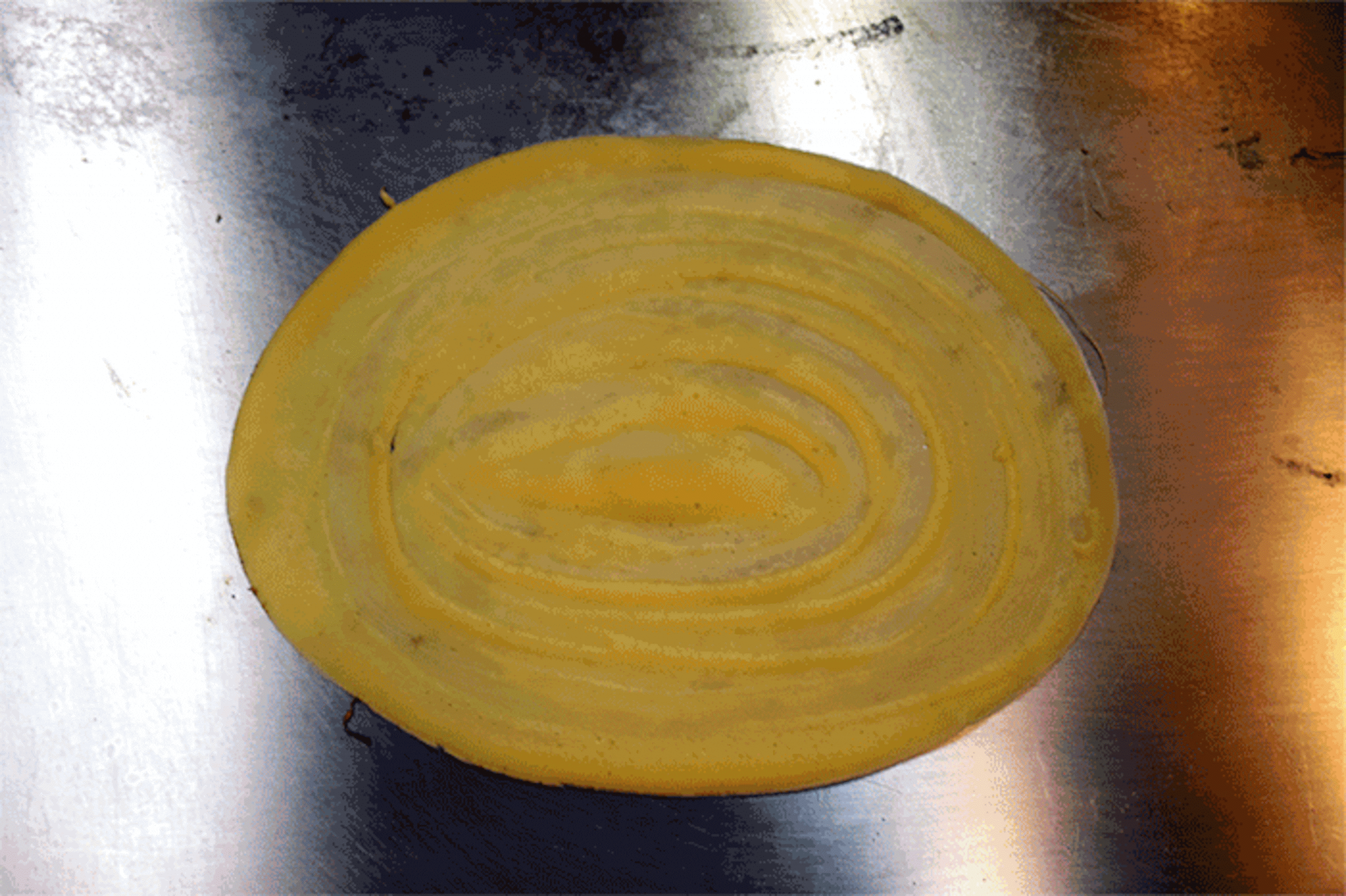
It’s difficult to pinpoint the origin of okonomiyaki. The idea of a grilled pancake goes as far back as the Buddhist ceremonies during the Edo period (1683- 1868).
The first use of the word okonomiyaki came from Osaka, but Hiroshima’s style was popularized after the atomic bombing, when food was scarce. People used the few ingredients they had—vegetables like cabbage and onions mixed with flour that came from the U.S. post-war rations—and whatever extra ingredients they could get their hands on to fill up their stomachs.
When I asked around for the best Okonomiyaki in the city, I was directed to Lopez Okonomiyaki, a staple in the Yokogawa neighborhood since 2000.
Fernando Lopez, originally from Guatemala, moved to Hiroshima 20 years ago with his wife, a Hiroshima native. They met while working in Hawaii. When he moved here, his original vision was to open a Southwestern U.S.-style grill. At a time when the Internet was new and the economic bubble burst in Japan, these ingredients were hard to come by, and this quickly proved to be an improbable venture, he tells me.

As Lopez-san tried to establish himself, he met a foreign restaurant owner on his way out. Having just closed a Mexican restaurant, he warned Lopez-san not to open up, “You’ll have to explain it to everyone who walks in the door, and people will come once or twice a month, and that will be it,” he warned. “Try okonomiyaki instead. You’ll have the opposite problem. No explaining, and you’ll have customers every night.”
Lopez-san had heard of Hiroshima’s famous Okonomiyaki village Okonomimura, but decided not to open up shop there. Everyone is required to serve the same style. It’s a food theme park, so if 300 school children come they can all split up and eat at different restaurants and get the same thing everywhere. Its great because it’s a built in customer base, and it’s the only location in the world where they have their own sauce, but Lopez-san wanted to be different.
He trained in the style of mama’s okonomiyaki—a more rustic, homemade style—instead of the typical commercial style. His chef master taught him his secrets on the condition that he open his own shop.
Lopez opened his shop and does okonomiyaki in his own style, adding a Latin flavor to his dishes. You can add jalapeño, you can order side dishes of chorizo, tortilla chips, and chili, all rarities in Japan. His process can be recreated, and while the steps are important, he insists that the magic is in the ingredients, which are the best he can get his hands on, Lopez says.
Ari Beser is a Fulbright-National Geographic digital storyteller, currently eating and living in Hiroshima. He is the author of Nuclear Family, a part-memoir, part-history book about nuclear survivors. He tweets @AriBeser.

